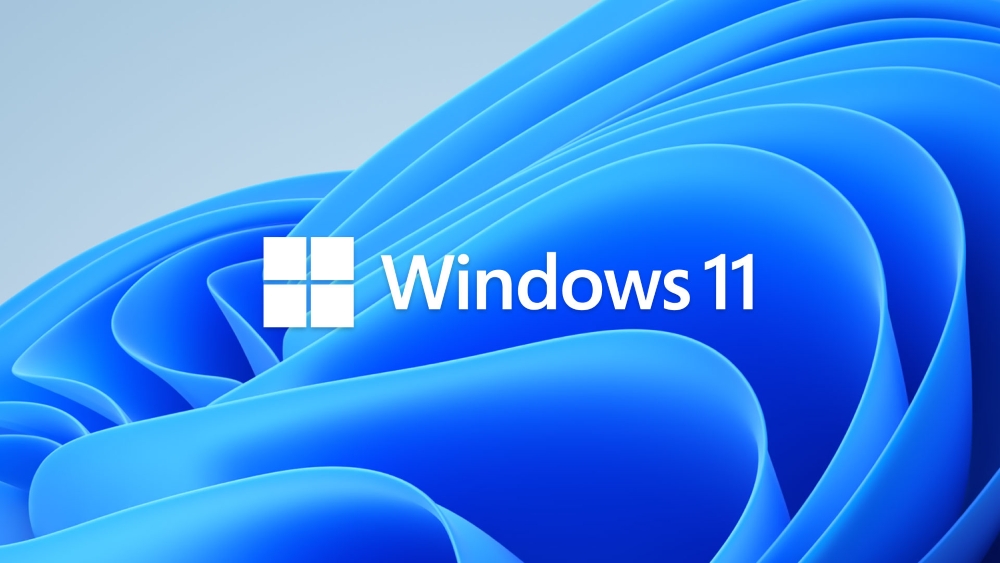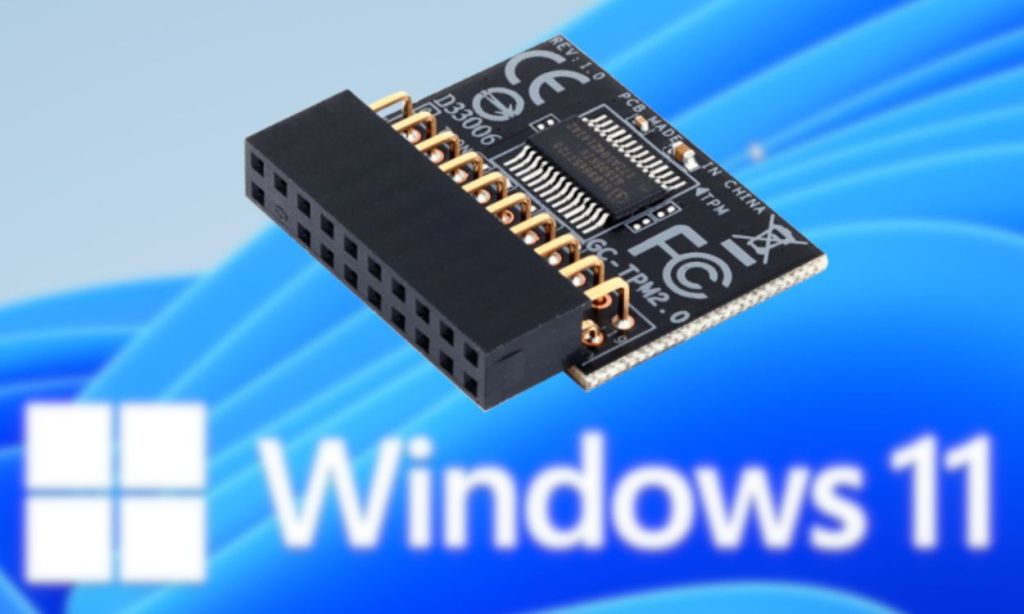- The two primary Windows 11 requirements are TPM 2.0 and Secure Boot support.
- Besides, the basic requirements include 1 GHz or above processor, 4 GB RAM, and 64 GB storage.
- Microsoft also highlights feature-specific requirements to ensure compatibility with a particular feature.
Windows 11’s launch didn’t come as a surprise, but what was surprising were the system requirements. The system did undergo lots of cosmetic changes with Windows 11, but Microsoft had added many conditions under the hood, mostly pertaining to hardware requirements. When it felt like Windows 11 could run on any PC, requirements such as TPM ruined the dreams of millions of old Windows laptop/PC owners.
Therefore, if you’ve just discovered Windows 11 and don’t know if your PC supports it, here’s a brief look at all the Windows 11 system requirements for a smoother upgrade.
Windows 11 System Requirements

- Processor: 1 gigahertz (GHz) or faster with 2 or more cores on a compatible 64-bit processor or System on a Chip (SoC)
- Memory: 4 GB RAM
- Storage: 64 GB or larger storage device
- System firmware: UEFI, Secure Boot capable
- TPM: Trusted Platform Module (TPM) version 2.0
- Graphics card: Compatible with DirectX 12 or later with WDDM 2.0 driver
- Display: High definition (720p) display, greater than 9-inch diagonally and 8 bits per color channel support
- Internet connection and Microsoft accounts: Windows 11 Home edition requires internet connectivity and a Microsoft account to complete device setup on first use. Switching a device out of Windows 11 Home in S mode also requires internet connectivity.
- Misc: POPCNT is now required post Windows 11 24H2 update. It stands for Population Count and is used to count the number of 1s in a binary value. Most modern PCs do come with POPCNT so you don’t really need to worry.
Looking at the current system requirements, TPM 2.0 and Secure Boot are two essential keys to experiencing Windows 11. With most PCs lacking TPM, which is a hardware component that should be built into processors, Windows 11 won’t run. As for PCs, most motherboards do come with fTPM support, which should make way for Windows 11.
With Microsoft denying to ease up TPM requirements and Windows 10s End-of-life date closing in, users will be forced to upgrade to a new computer or use Windows 10 with security risks. Microsoft had published an official way to get Windows 11 on unsupported PCs but didn’t endorse it as expected.

However, the guide is not there anymore, as it no longer recommends using the hack. Although, you could still use the hack, which involves using the Registry Editor.
That said, the firm also recently started cracking on ways to get around Windows 11’s initial setup without using a Microsoft account. While the previous methods are patched, there’s a new and much easier method that replaces it. Not to mention, the 64-bit processor requirement makes it clear that Microsoft wants to do away with older PCs.
Feature-specific Requirements for Windows 11
Apart from the minimum system requirements for Windows 11, Microsoft has also detailed feature-specific requirements. You can find them here, but here are the requirements for the features you’ll end up using the most.
- Auto HDR: Requires an HDR monitor.
- Client Hyper-V: Requires a processor with second-level address translation (SLAT) capabilities. It will be available in Windows Pro and above editions.
- Direct Storage: Requires 1 TB or greater NVMe SSD that use the “Standard NVM Express Controller” driver and a DirectX 12 Ultimate GPU.
- DirectX 12 Ultimate: Available with supported games and GPUs.
- Intelligent Video Conferencing: Requires a video camera, microphone, and speaker.
- Three-column Snap layout: Requires a screen with 1920 effective pixels or greater.
- Touch support requires a screen or monitor that supports multitouch.
- Two-factor authentication: Requires the use of a PIN, biometric (fingerprint reader or illuminated infrared camera), or a smartphone with Wi-Fi or Bluetooth support.
- Wi-Fi 6E: Needs a WLAN IHV hardware and driver and a Wi-Fi 6E capable AP/ router.
- Windows Hello: A camera configured for near-infrared (IR) imaging or a fingerprint reader. Devices without biometric sensors can use Windows Hello with a PIN or a portable Microsoft security key.
- Windows Studio Effects: Things like Auto-framing, Background blur, eye contact need a processor with 10+ trillion TOPS. Other Copilot+ features are only accessible on Snapdragon X Elite processors, AMD 300 AI, or Intel’s Core Ultra processors.
And that’s all you need to run Windows 11 on your PC. PCs older than a decade are pretty much doomed, but the majority are still using Windows 10 despite Microsoft ending the support soon. Therefore, if not security patches, you can rest assured that Windows 10 will support most apps.
Besides, you also have the option to use workarounds to upgrade to Windows 11 on unsupported devices. Is your device capable of running Windows 11? Let us know in the comments below.
No, you cannot officially run Windows 11 on a PC/Laptop with 4th Gen Intel processors. Windows 11 will only run on Intel 8th Generation and AMD 3rd generation and above processors.
If your PC satisfies most of the major hardware requirements listed above, it’s Ok for Windows 11. The most important requirements are a 1 GHz processor, 4 GB RAM, TPM 2.0, and Secure Boot support.
Ideally, there’s little to no difference between Windows 11 and 10, and that carries over to the performance. Since Windows 11’s basic requirements are a 1 GHz processor and 4 GB RAM and above, it should run on any PC that launched in the last decade.
Although Windows 11 had a rough start, it has only improved over the years. Windows 10 remains rock solid and is still used by millions of users. The functional improvements Windows 11 brought aren’t anything to write home about, but the UI is pretty. Therefore, if you couldn’t care less about the interface, there’s no reason to upgrade to Windows 11, besides the fact that Windows 10 will reach EoL soon.






